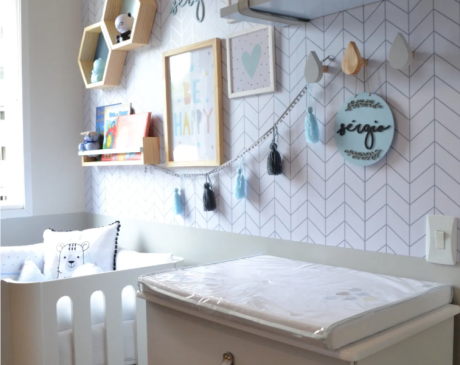How to Select the Right Material for Your Flooring

Selecting the right material for your flooring is a crucial decision to ensure not only the aesthetics but also the functionality of a space. In this post, we will explore the main factors to consider when choosing the ideal flooring for your home or commercial environment.
First, it is essential to consider the purpose of the space. Each room has its own requirements in terms of flooring. For high-traffic areas, such as the entryway or kitchen, durable materials like porcelain tiles are ideal. On the other hand, in bedrooms or living rooms, comfort and a warm feel might be more important, making wood, vinyl, or laminate a more suitable choice.
Additionally, it is important to evaluate your lifestyle and the level of maintenance you are willing to undertake. If you have pets or small children, scratch-resistant and easy-to-clean materials like porcelain tiles or vinyl may be preferable. Conversely, if you prefer a low-maintenance option, consider materials such as laminate or polished concrete.
Check out this before and after from a bedroom
When setting a budget, it is crucial to understand that flooring materials vary widely in terms of cost. While hardwood flooring is luxurious and adds value to a home, it can be expensive. On the other hand, laminate or vinyl can mimic the look of wood at a fraction of the cost, but remember that each material feels different to the touch.
Aesthetics also play a fundamental role in selecting the flooring. The floor sets the tone for the entire environment, so it is important to consider the look you want to achieve. Do you prefer a rustic and natural look? Opt for wood or natural stone. For a more modern and elegant appearance, consider porcelain tiles with a concrete texture.
Furthermore, it is essential to take into account the climate and location of the space. The climate can influence the choice of flooring material. In humid environments, materials like wood or bamboo can warp or swell, while porcelain tiles and vinyl are more resistant to moisture. Similarly, in colder climates, wood flooring and carpet can provide insulation and warmth.
Finally, it is recommended to test samples of flooring materials before making a final decision. Consider how they look under different lighting conditions throughout the day and how they feel to the touch. This practical approach helps you visualize the final result and ensures you are satisfied with your choice.
By following these guidelines and taking a thoughtful approach to selecting flooring materials, you can make informed choices that enhance the beauty and functionality of your spaces.





